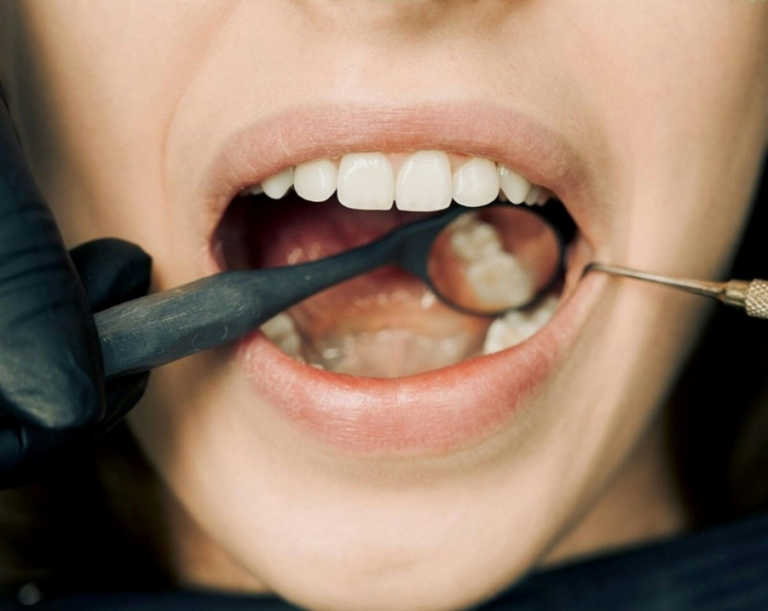You pop in a painkiller or two to ease the pain in your jaw, only to have that excruciating pain return with stronger later.
A visit to the orthodontist and you hear those words you have been dreading…
“You need a root canal”
If this is your first root canal ever, you must have tons of questions and from all the things you have always heard and read online you might be feeling apprehensive about this whole ordeal.
We’re here to ease your anxiety before you undergo the root canal procedure.
Understanding Root Canal
First thing first, root canal procedure is not painful, in fact it’s meant to ease the pain you’re already suffering. Understanding the anatomy of teeth can help you better understand the root canal procedure.
The top part visible to naked eye is known as the crown, underneath there is a chamber consisting of soft tissues and nerves known as pulp chamber further down are roots that connects to the pulp chamber through a web of nerves, this part is known as root canal.
Root canal occurs due to tooth decay, if the cause of tooth decay hasn’t already reached the roots of your tooth it can be handled by replacing the crown. In case it has affected the pulp chamber and roots forming an abscess under the roots, the only way to protect your natural tooth is to undergo a root canal procedure.
Your tooth still functions naturally even if the nerves have been removed.
Root Canal Procedure
Embrace yourself for a few hours of waiting anxiously as the boredom hits you for the procedure that is absolutely necessary to ease your pain and save your natural tooth.
This is what goes under root canal:
- Your dentist will try to make the procedure as comfortable for you as possible. Dentists uses a jelly type substance to numb your gums and inject local anesthesia in the target site in order to minimize pain.
- The dentist will use the x-rays taken on your first visit to identify the extent of the problem and to break down the procedure.
- A rubber dam is used to protect your teeth from any contamination that might occur once the target site is drilled. As well as to avoid anything from getting into your mouth and throat.
- Using the appropriate tools, the dentist will remove all the infected pulp from the tooth.
- Once the infected part has been removed, the interior of the tooth will be filled with the appropriate filling.
- An impression of crown will be taken in order to make a new crown for your tooth, meanwhile you have a makeshift, temporary crown.
Post-Procedure
Don’t expect to switch to your old eating and drinking habits immediately after the procedure. In fact your dentist will guide you on proper measures to take after the procedure in order to avoid any complications.
The target site will be numb after a few days of the procedure. Pain typically lasts a few days so make sure you take your medicines properly as prescribed. Keeping your head in an elevated position when lying down will help eliminate any stress on the treated area.
If you notice any signs of excruciating pain, swelling, bleeding, signs of infection or fever you must consult your dentist immediately. In addition to dental cleaning twice a year you should take appointments with doctor to get a general checkup on the treated area to make sure no infection in building up.
If you would like to find out more about root canal treatments or think you may need one, contact us now and set up an appointment at Advanced Dental Center, we are recognized as one of the most reliable dental care facilities in Germantown. We specialize in providing exceptional individual care when it comes to dental procedures, and make your experience comfortable and resourceful every time you visit our facility.




